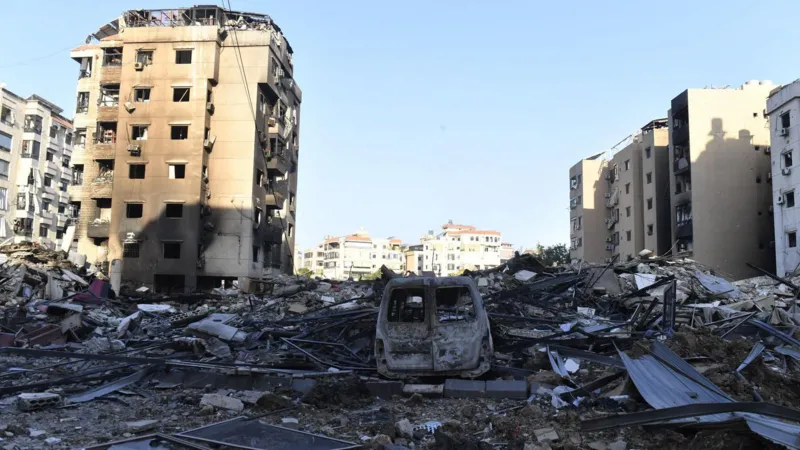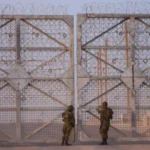According to data, between October 2 and October 14, 2024, around 3,600 buildings in Lebanon seem to have been damaged or destroyed. This amounts to almost 54% of the entire projected damage since Israel and Hezbollah’s cross-border hostilities began a little more than a year ago.
Oregon State University’s Jamon Van Den Hoek and City University of New York’s Corey Scher collected the damage data. By comparing radar satellite photos, they were able to identify abrupt changes in building height or structure that could be signs of damage.
Reviewing the satellite-based radar data, Wim Zwijnenburg, an environmental specialist with the Pax for Peace organization, cautioned about the consequences of Israel’s bombardment.
According to him, the Israeli military assault appears to be displacing civilians in the south of Lebanon by establishing a “dead zone” that makes it harder for Hezbollah to re-establish its positions.






